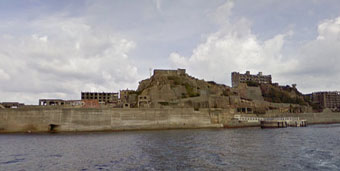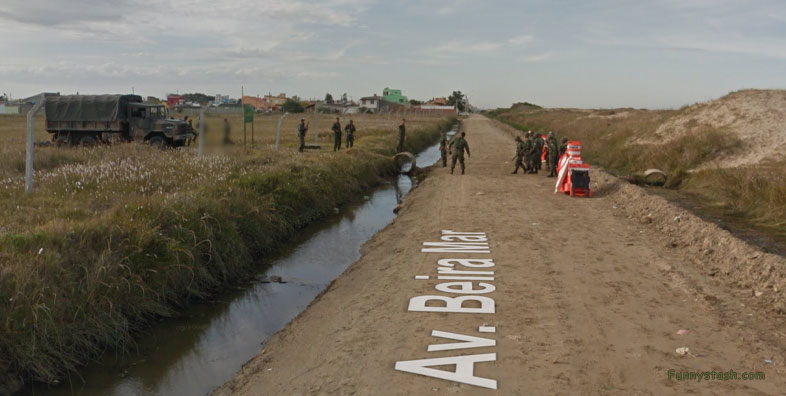Planet Saturn outer and inner orbits with constellations surrounded with complex orbiting routes on outer rings
Link Location AU ← Find Best directions
Phase Coordinates / 10.33AU
Saturn SE VR Space
Phase 0.662 Outer Perimeter of Saturns influence
Gas giant Saturns average distance between Saturn and the Sun is over 1.4 billion kilometers (9 AU). With an average orbital speed of 9.68 km/s, it takes Saturn 10,759 Earth days (or about 29+1⁄2 years) to finish one revolution around the Sun.
Saturn is the sixth planet from the Sun and the second-largest in the Solar System, after Jupiter.
Link Location Gps 78°07'59.74"
Gps Coordinates / 78°07'59.74"/-155°16'42.96"
The winds on Saturn are the second fastest among the Solar System's planets, after Neptune's. Voyager data indicate peak easterly winds of 500 m/s (1,800 km/h).
Saturn has a pale yellow hue due to ammonia crystals in its upper atmosphere.
Link Location Gps / Gps Link 86°02'55.81" / Gps Link 51°23'23.41" / Gps Link 166°49'09.97"
Gps Coordinates / 86°02'55.81"/-7°23'57.24" / 51°23'23.41"/-100°01'36.07" / 166°49'09.97"/-49°13'10.52"
Saturn's interior is thought to be composed of a rocky core, surrounded by a deep layer of metallic hydrogen, an intermediate layer of liquid hydrogen and liquid helium, and finally, a gaseous outer layer.
Saturn has only one-eighth the average density of Earth, but is over 95 times more massive
Link Location Gps / Gps Link 24°06'22.10 / Gps Link -1°26'23.04" / Gps Link 12°28'00.76"
Gps Coordinates / 24°06'22.10/-130°28'16.52" / -1°26'23.04"/-5°50'42.39" / 12°28'00.76"/-153°21'57.29"
Saturn is a gas giant composed predominantly of hydrogen and helium. It lacks a definite surface, though it is likely to have a solid core.
Wind speeds on Saturn can reach 1,800 kilometres per hour (1,100 miles per hour)
Link Location Gps 86°01'49.26"
Gps Coordinates / 86°01'49.26"/-7°34'29.60"
An electrical current within the metallic hydrogen layer is thought to give rise to Saturn's planetary magnetic field, which is weaker than Earth's, but which has a magnetic moment 580 times that of Earth due to Saturn's larger size.





























